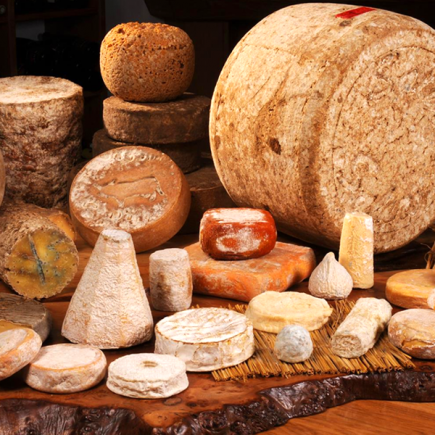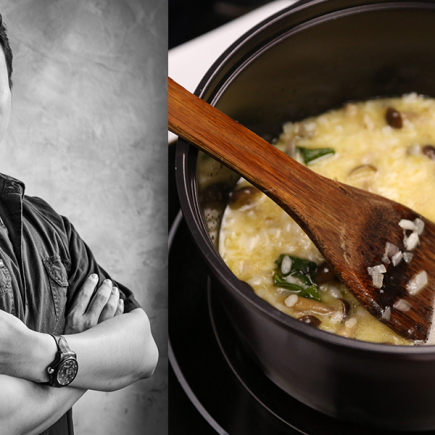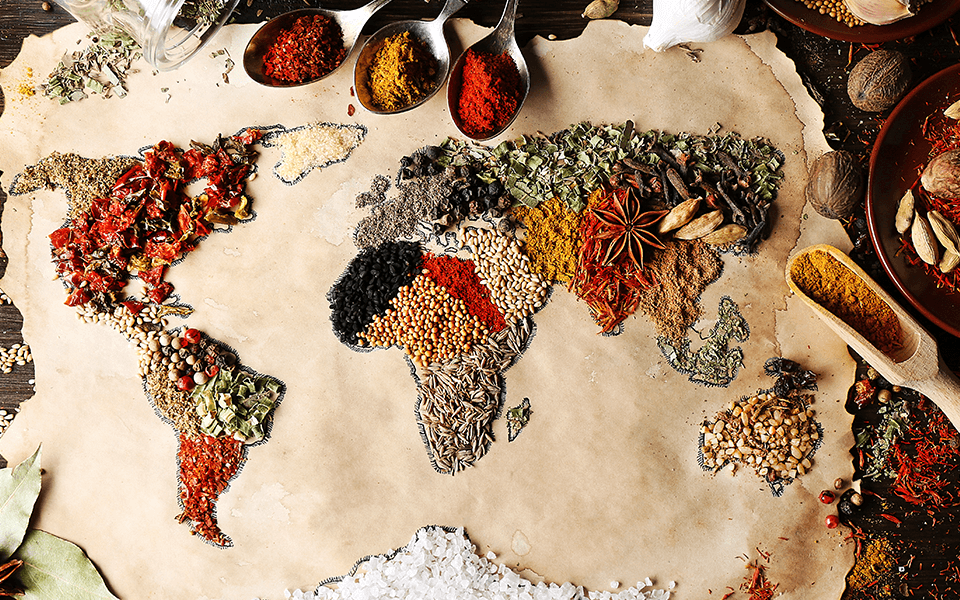
Regional foods have been gaining popularity worldwide. In big cities such as Los Angeles, London, Hong Kong and Sydney, new ethnic restaurants pop up almost on a monthly, or even weekly, basis. Over the past few years, Korean, Vietnamese, African, Latin American and Middle Eastern cuisines, to name but a few, are leading in menu trends.
According to Datassential’s Menu Adoption Cycle, “street tacos” have grown 145% on restaurant menus in the US, and shakshuka, a Middle Eastern breakfast dish of poached eggs in spicy tomato sauce, has grown a colossal 326% in just the last couple of years.
Seasonings that are traditionally unique to these rising-star cuisines are also gaining popularity and can be readily found in home-cooked and restaurant meals.
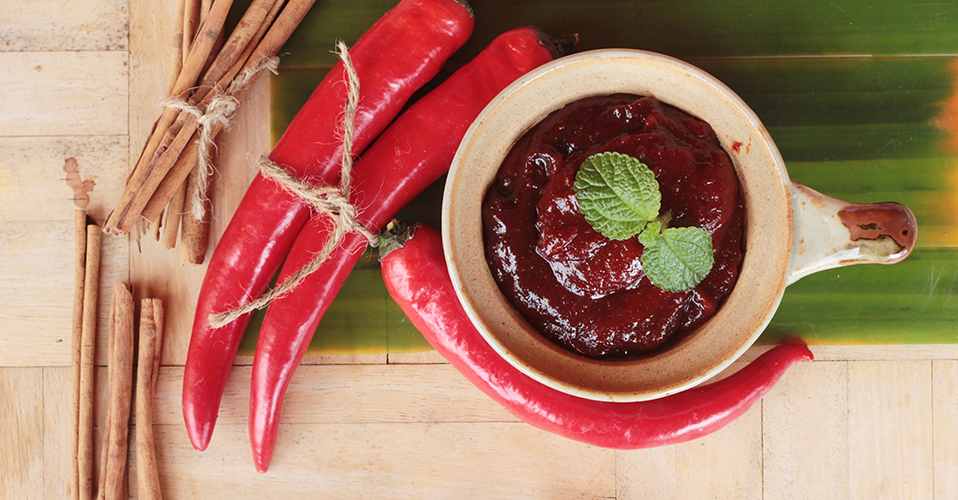
Gochujang
Gochujang, a staple ingredient in Korean cuisine, is a chilli paste that generally contains glutinous rice, soybeans, salt, and sweeteners. This savory fermented condiment can be found in Asian Fried Chicken Sandwich at American fast food restaurant chain Jack in the Box.
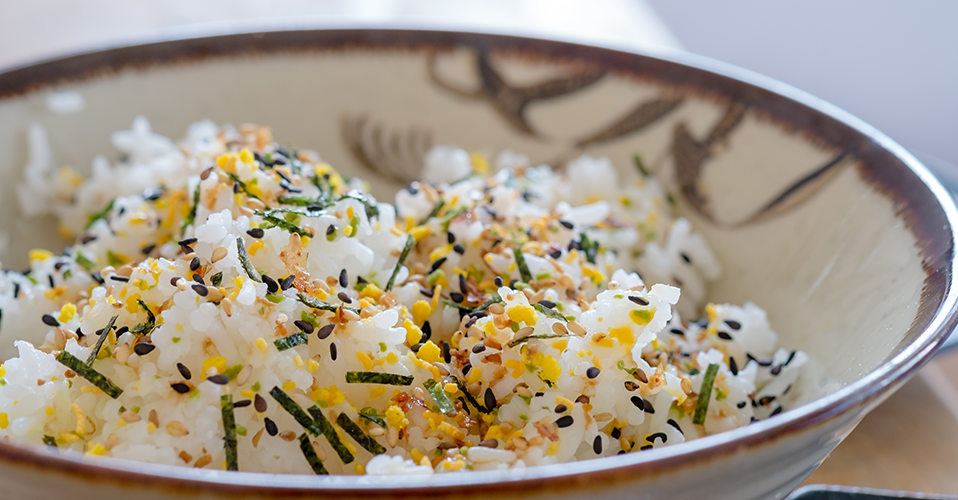
Furikake
A seasoning which is considered the Japanese version of salt and pepper, furikake is made for sprinkling on top of rice. It typically contains a medley of sesame seeds, chopped seaweed, sugar, salt, eggs, and monosodium glutamate (MSG).
Peri Peri
A classic Portuguese condiment, Peri Peri is a hot sauce made from chili flakes, lemon juice, olive oil, vinegar, cayenne pepper, crushed chillies, paprika, and salt. According to Datassential, peri peri has gained a 27% menu growth.
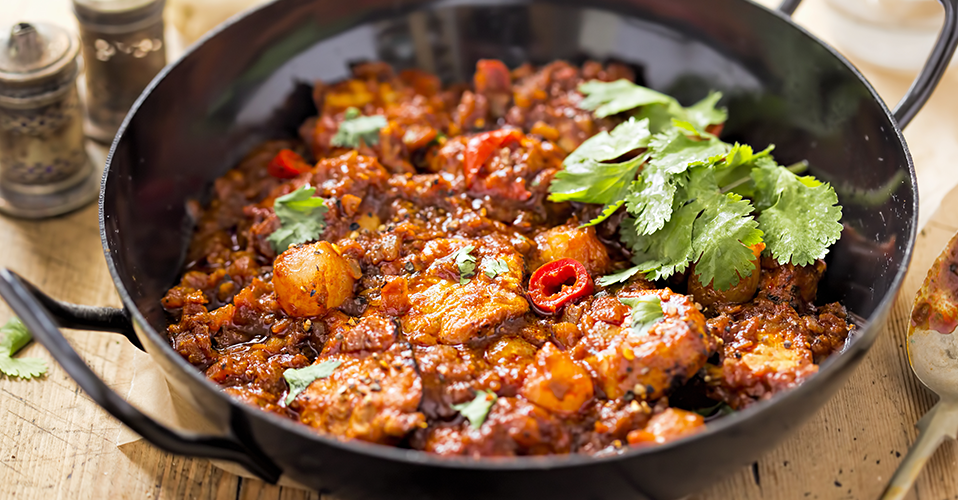
Harissa
Harissa is a Maghrebi hot chilli pepper paste that can be used as a side dish, a starter or a marinade. Made with red chilies, capsicum, preserved lemon garlic, coriander, cumin, salt and olive oil, harissa has gained a whopping 74% menu growth according to Datassential’s figures.
Ube flavouring
Ube is the Tagalog term for purple yam. Its vibrant purple colour instantly gives life to dishes and desserts that it is used in. Commonly sold in the forms of jam, essence and paste, ube makes a perfect ingredient particularly for baked goods and ice-cream. In fact, ube is listed by Datassential as one of 2018 “flavours to watch.”
Upholding tradition vs evolution
Chefs generally hold divided views towards authenticity. Some believe authenticity means traditional recipes should be followed “to a T”. From ingredients down to culinary methods, there is no room for change. Some, however, believe modifications or enhancements are necessary, and it does not affect the authenticity of a dish.
Product localization
In order to sell to the people the products that they are selling, many restaurants are staying in tune to their clientele, and are adapting their menus to local consumer preferences and other locale-specific requirements.
One classic example of modifying traditional recipes to the local palettes is McDonald’s. While the American fast food chain is bringing the burger culture to the rest of the world, it is tweaking its menu to cater for the locals. For instance, McKroket, which is a fried beef croquette on a bun, is served in the Netherlands; Greek Mac, a burger on pita bread, is available in Greece; and McKebab is made specially for Israel.
Availability of ingredients
During the early 20th century, Mexican immigrants did not have access to many traditional Mexican ingredients. As a result, cheddar cheese was used instead of queso fresco, and tacos were made with flour tortillas, replacing the traditional fresh corn tortillas. Nowadays, in order to reduce carbon footprint, many chefs are consciously opting for locally-sourced ingredients, often making it necessary to adjust their menus.
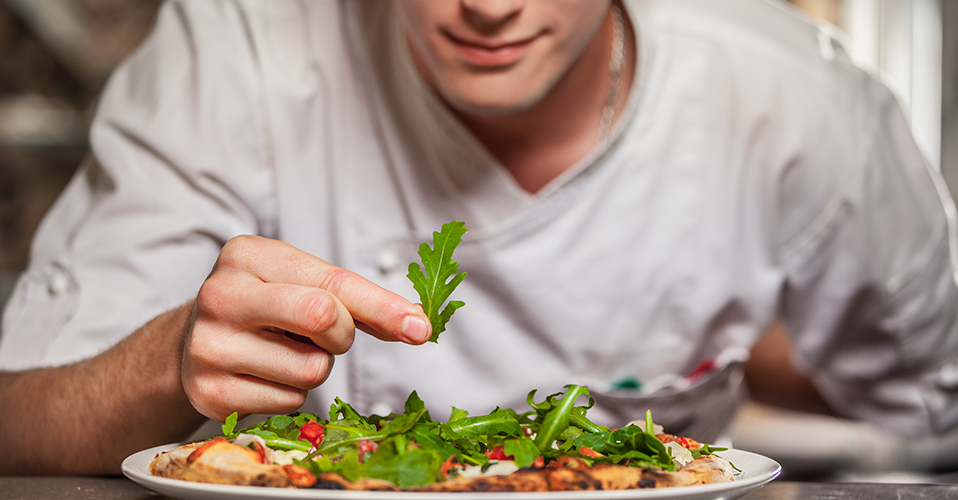
What is authenticity?
Authenticity is hard to define. Italian dishes, for instance, has long been associated with tomatoes. However, tomatoes were not grown in Europe until the 16th century and even then they were considered ornamentals at the beginning. Another example is the infamous Vietnamese Pho soup. While widely considered an authentic Vietnamese dish these days, Pho soup was in fact a result of French influence during colonization in the late 19th century.
Here is another grey area surrounding authenticity. If a dish was invented by Chinese people for Chinese people who just happened to be outside of their motherland, is it still considered authentic? Such an example would be Chop Suey, a Chinese dish invented in the US. Early Chinese immigrants back in the 1840s had practically no access to traditional ingredients, they made use of what was available and created their own Chinese dishes — that was how Chop Suey was born. But to many Americans or even American-Chinese, Chop Suey is an authentic Chinese dish even though it cannot be found anywhere else outside the US.
Different people, perhaps, perceive and define authenticity differently, depending on their background and life experiences. One thing is for sure — customers will always return as long as the food tastes great.
